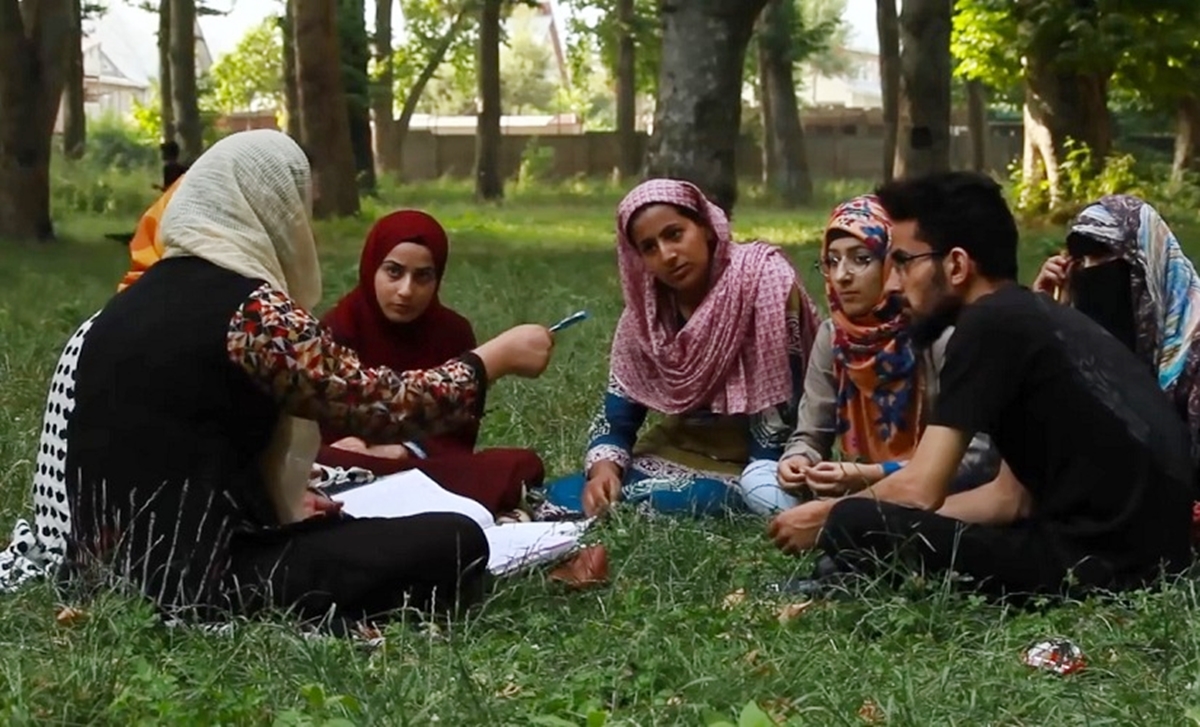Sir (2018), directed by Rohena Gera made its way to Netflix this January. The story is simple—about two people from disparate…
Login to Read!
This content is restricted to site members. If you are an existing user, please log in below. Or you can can create an account here.
